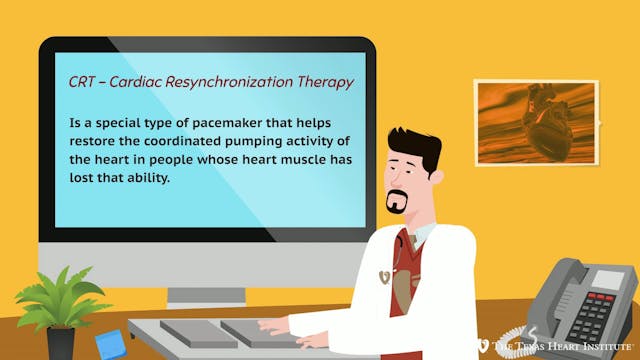How Does an ICD Work? Your Heart Rhythm Safety Net Explained
Cardiac Electrophysiology
•
4m 52s
In this video, Dr. Mitch Tan, a cardiac electrophysiology fellow at The Texas Heart Institute, explains what ICDs (implantable cardiac defibrillators) are, why some people need them, and how they are implanted.
ICDs are life-saving devices that monitor heart rhythm and deliver shocks if a dangerous rhythm is detected.
Watch to learn:
• What ICDs are and how they work
• Why some people need ICDs to stay safe
• The minimally invasive procedure for implanting an ICD
• If you might be a candidate for an ICD
Up Next in Cardiac Electrophysiology
-
Considering Cardiac Resynchronization...
In this video, Dr. Mitch Tan, a cardiac electrophysiology fellow at the Texas Heart Institute, explains cardiac resynchronization therapy (CRT) and how it can improve the lives of people with heart failure.
Dr. Tan uses an easy-to-understand analogy to explain CRT:
Imagine you and a partner are...
-
Understanding Electrophysiology Lab C...
Dive into the fascinating world of cardiac electrophysiology with Dr. Michael Charles Tan as he offers a comprehensive overview of the electrophysiology lab.
Discover the critical importance of intracardiac electrograms (EGMs) and electrophysiology (EP) studies in the diagnosis and management o...


